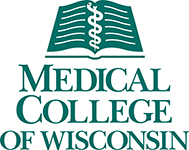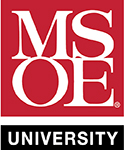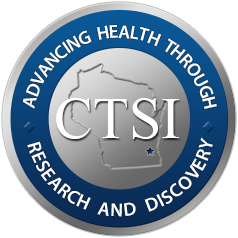Subcutaneous fat necrosis of the newborn and associated hypercalcemia: A systematic review of the literature. Pediatr Dermatol 2019 Jan;36(1):24-30
Date
09/07/2018Pubmed ID
30187956DOI
10.1111/pde.13640Scopus ID
2-s2.0-85052910039 (requires institutional sign-in at Scopus site) 47 CitationsAbstract
Subcutaneous fat necrosis of the newborn is an uncommon disorder, and although usually benign, associated hypercalcemia can lead to complications such as failure to thrive and renal failure. Many sources suggest screening for hypercalcemia for 6 months following resolution of skin lesions, but little data are available to support this recommendation. This study examines existing published literature to better guide practitioners regarding screening evaluations of asymptomatic patients with subcutaneous fat necrosis. A systematic review of the literature was conducted using a PubMed English literature search. Data from case reports and case series were collected regarding the presence of hypercalcemia and associated complications, birth history, and age of onset/resolution of skin lesions and laboratory abnormalities. Approximately half (51%) of infants reported had hypercalcemia. Most (77%) developed detectable hypercalcemia within 30 days of skin lesion onset, and 95% developed detectable hypercalcemia within 60 days of skin lesion onset. Hypercalcemia was detected in only 4% of patients > 70 days following onset of skin lesions. Seventy-six percent had resolution of hypercalcemia within 4 weeks of detection. Hypercalcemia was more prevalent in full-term vs pre-term infants (P-value = 0.054), and higher birthweight was significantly associated with an increased risk of developing hypercalcemia (P-value = 0.022). Although gestational age trended toward significance, the only statistically significant clinical feature predicting the development of hypercalcemia was higher birthweight. Current recommendations for laboratory monitoring are not evidence-based, and this study provides interim data to guide practitioners until prospective, randomized controlled trials are conducted.
Author List
Stefanko NS, Drolet BAMESH terms used to index this publication - Major topics in bold
Fat NecrosisFemale
Humans
Hypercalcemia
Infant, Newborn
Infant, Newborn, Diseases
Male
Risk Factors
Skin
Subcutaneous Fat









